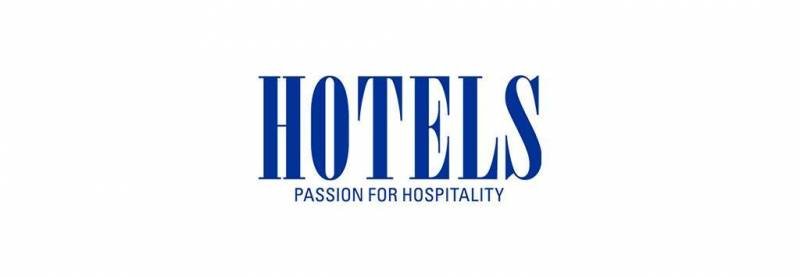
By Larry Mogelonsky
During the 2008-09 economic downturn, even though the future of most hotels was uncertain, the corrective actions for such times of hardship were not. Properties across the board responded to lower occupancies and tightening of travelers’ purse strings by cutting costs in whichever way would balance the budget. Now, however, it would seem as though we are confronted with a mercurial problem, that of a flattening of pace.
Whereas the calamitous events of just shy of a decade ago hit us like an exploding hot lava volcano, this present-day flattening is not nearly as visceral. Most hotels, corporations and even independent travelers don’t want a repeat of the Great Recession by being left vulnerable or overexposed, and are thus proceeding almost too conservatively with any hospitality-related expenditures. When taken under a macro-lens, this amounts to market contractions with a slow but gradual increase in supply fighting over the same piece of pie. Like putting a frog in tepid water and slowing turning up the heat, it’s far too easy to dismiss this as a nonissue.
Hence why I engage in ongoing discussions with individuals who have access to data that allows them to see the big picture and who are smart enough to actually see this big picture for what it is. John Hach, senior industry analyst at TravelClick, is one such individual. He stresses that the hotel industry will be a very different landscape going forward, especially due to the fact that the economy is not keeping pace with inflation – something that will affect real wages and permeate all aspects of travel behavior.
There are other factors that senior management team will have to confront. With the widespread acceptance of last-minute bookings, people are much more sensitive to localized events. For instance, if a major storm is predicted to roll through, groups may cancel close to the last minute and simply rebook elsewhere or the following week. Add to that there’s less growth in the groups segment and that alternative accommodations are chewing away at FITs. Using his crystal ball software coming in the form of Demand360, John was able to show me exactly how these effects were taking hold, particularly when looking at subtle changes like a decline in 30-day reservation pace from last year.
Knowing that there is a flattening of pace, John and I segued into the topic of advice for hoteliers to mitigate any such lurking issues. As we both stress in various ways, the solution is innovation. You must create “inertia” for your hotel in the form of both onsite and digital technologies that engage guests when they want to interact, and only in a way that is simple yet appealing.
Speaking of simplicity, John argues that one of the biggest ways hotels are losing is via their booking engines. For this, he draws comparisons to Expedia, which he considers to be somewhat of a gold standard because with every traveler conscious of this channel and of price comparisons, if your reservations portal doesn’t offer the same degree of “frictionlessness,” then it’s dead on arrival. Whereas Expedia has streamlined the purchasing funnel, many hotels have inadvertently chosen to overcomplicate the booking process by offering too many options upfront, which has added unnecessary complexity for customers utilizing the hotel’s booking engine.
This all presupposes that consumers are actually reaching your branded website. However, there’s another step upfront in that you need to draw attention in order to get those direct bookings. Hotels are mostly nearsighted in that they only invest in the last click and convenience end of the purchasing funnel – that is, Google Adwords isn’t a panacea – while not generating awareness and widespread interest. Yet for this there are now some very compelling media that can help you grow. Charge your director of marketing to test solutions beyond cost per click media.
When there is a flattening as we are experiencing, you will succeed by taking market share from those who aren’t staying ahead of the curve. For this, John recommends developing more successful partnerships to better fill the local authenticity quotient on top of going back to your operations to see what else they can do to adjust expectations on budget.
Regardless of what you have witnessed or how you are working to solve any related to this, the fact remains that this flattening will continue if only because hotels aren’t innovating at all or not innovating fast enough. If you are to weather this “silent storm,” you must audit all touch points of your sales funnel and compare them to the gold standards to see if they are aboveboard with what’s expected.
Larry Mogelonsky, HOTELS Mag





